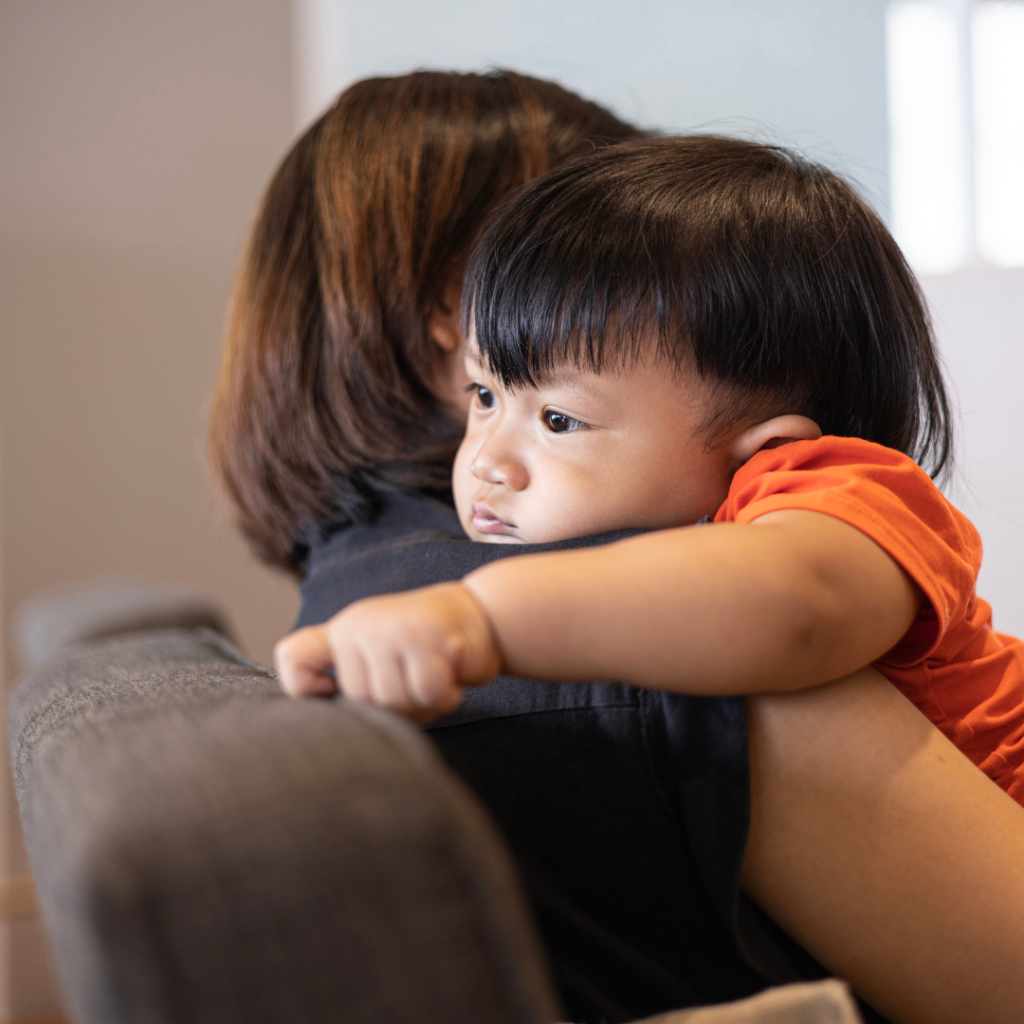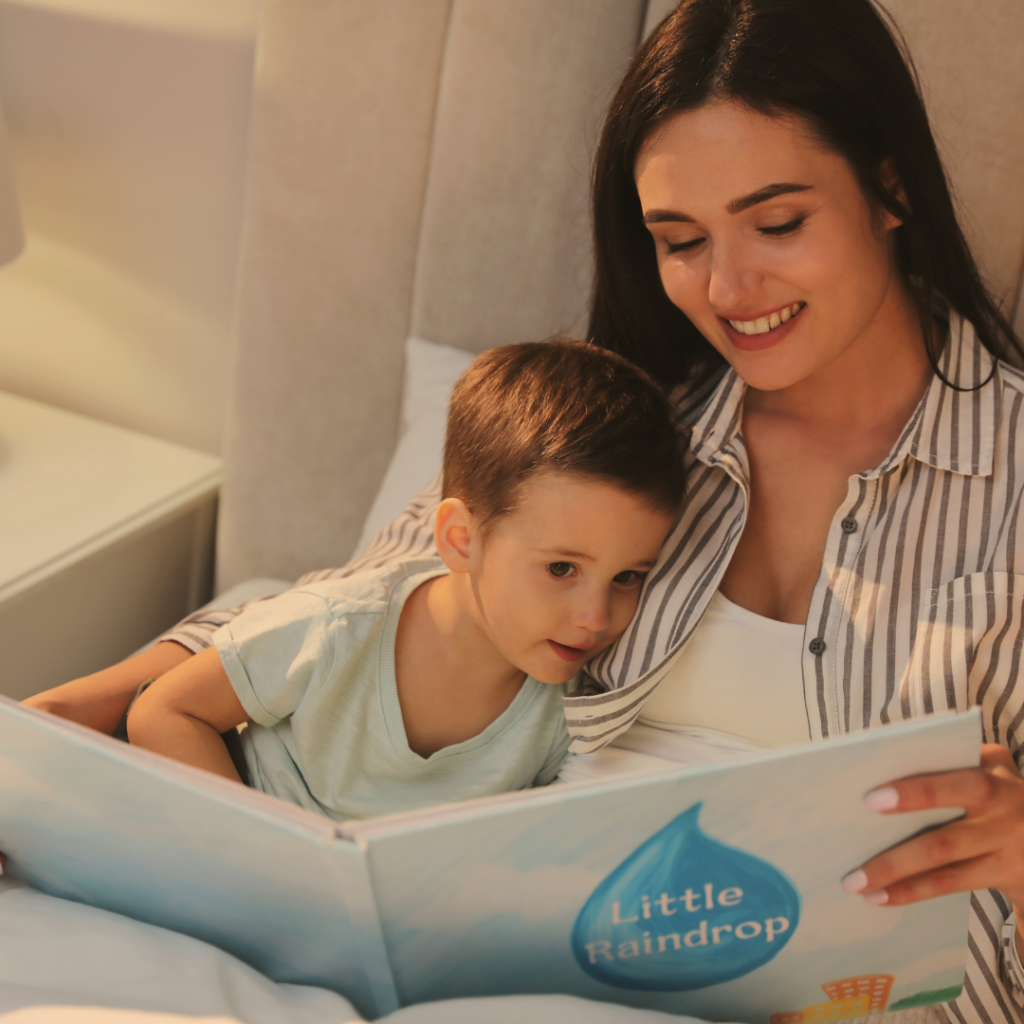Understanding co-regulation
Co-regulation refers to the process where an adult helps a child manage and understand their emotions and behaviours. This is especially crucial in young children who are still developing self-regulation skills of their own. By providing a calming presence and demonstrating healthy emotional responses, adults can guide children in managing their own emotions.
Importance in managing bedtime anxiety
Bedtime can be a source of heightened anxiety for many young children. Fears of the dark, separation from parents, or simply the transition from day to night can be overwhelming. Co-regulation provides a structured and comforting presence that can alleviate these anxieties.

How to implement co-regulation
1. Establish a Routine: Consistency is key. Establish a soothing bedtime routine that the child can anticipate. This might include a bath, reading a story, or quiet time together.
2. Stay Calm and Present: Your calm demeanour can be contagious. Use a gentle, reassuring voice and maintain relaxed body language.
3. Listen and Validate: Allow the child to express their fears or anxieties. Acknowledge their feelings without dismissal or judgement. For example, saying “It sounds like you’re scared of the dark, and that’s okay. How can we make it better?“.
4. Breathing Exercises: Teach simple breathing techniques. For example, ask your child to breathe in deeply while counting to three, hold for three seconds, and exhale for three seconds. This can be a game or part of a bedtime story. Focusing on our breath can calm and relax us.
5. Use of Imagery or Stories: Create a story where the child overcomes their fear, or use guided imagery to transport them to a relaxing place.
6. Gradual Separation: If separation anxiety is an issue, start by staying in the room until the child falls asleep, then gradually reduce the time spent in the room over successive nights. TIP: Ensure there is some space between you and your child if you are in the room as they are falling asleep. This will allow a much easier transition for you to leave the room when the time is right.
7. Positive Reinforcement: Acknowledge your child for their efforts in managing their anxiety. Reinforce their progress with thank yous, hugs, high 5s, affirmations – whatever brings happiness!
8. Consistency: Apply these techniques consistently. Co-regulation is most effective when it becomes a predictable part of a child’s routine.

Co-regulation is not only about managing a child’s immediate anxiety; it’s also about teaching them lifelong skills in emotional regulation. By practicing these techniques, parents and caregivers can provide a supportive environment that helps young children navigate their anxieties, especially at bedtime, leading to more peaceful nights and a stronger emotional foundation.
If you’re not sleeping well because your little one is waking up in the night, and you feel you need more help than the above, that is where we come in! Solving your child’s sleep issues is often the first step to solving your own, and at Hushabye Baby we have helped over 1,500 families do exactly that.





